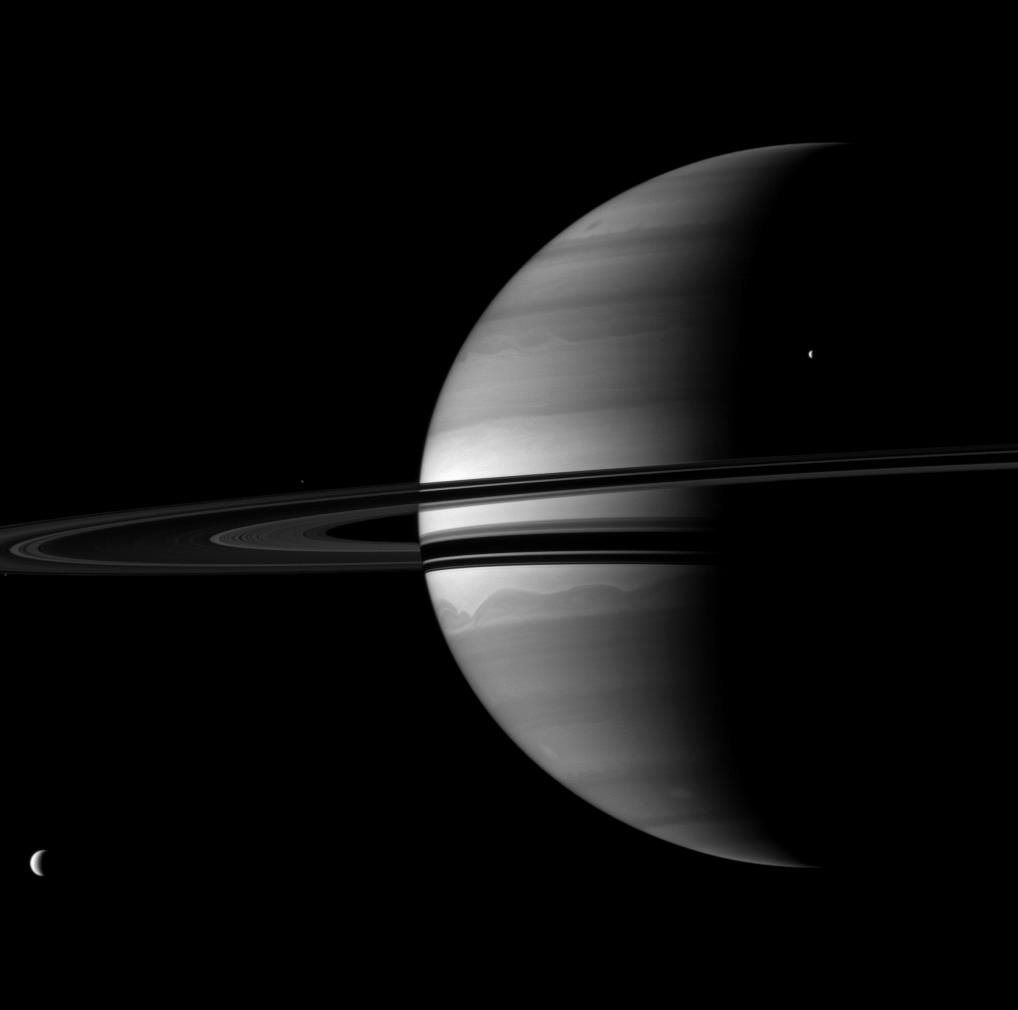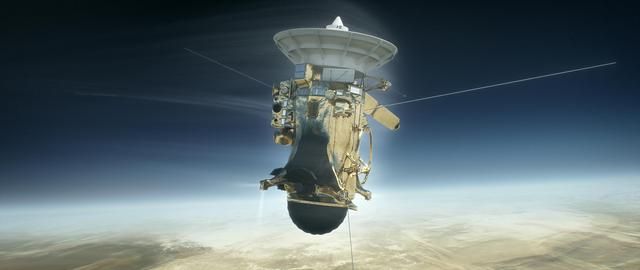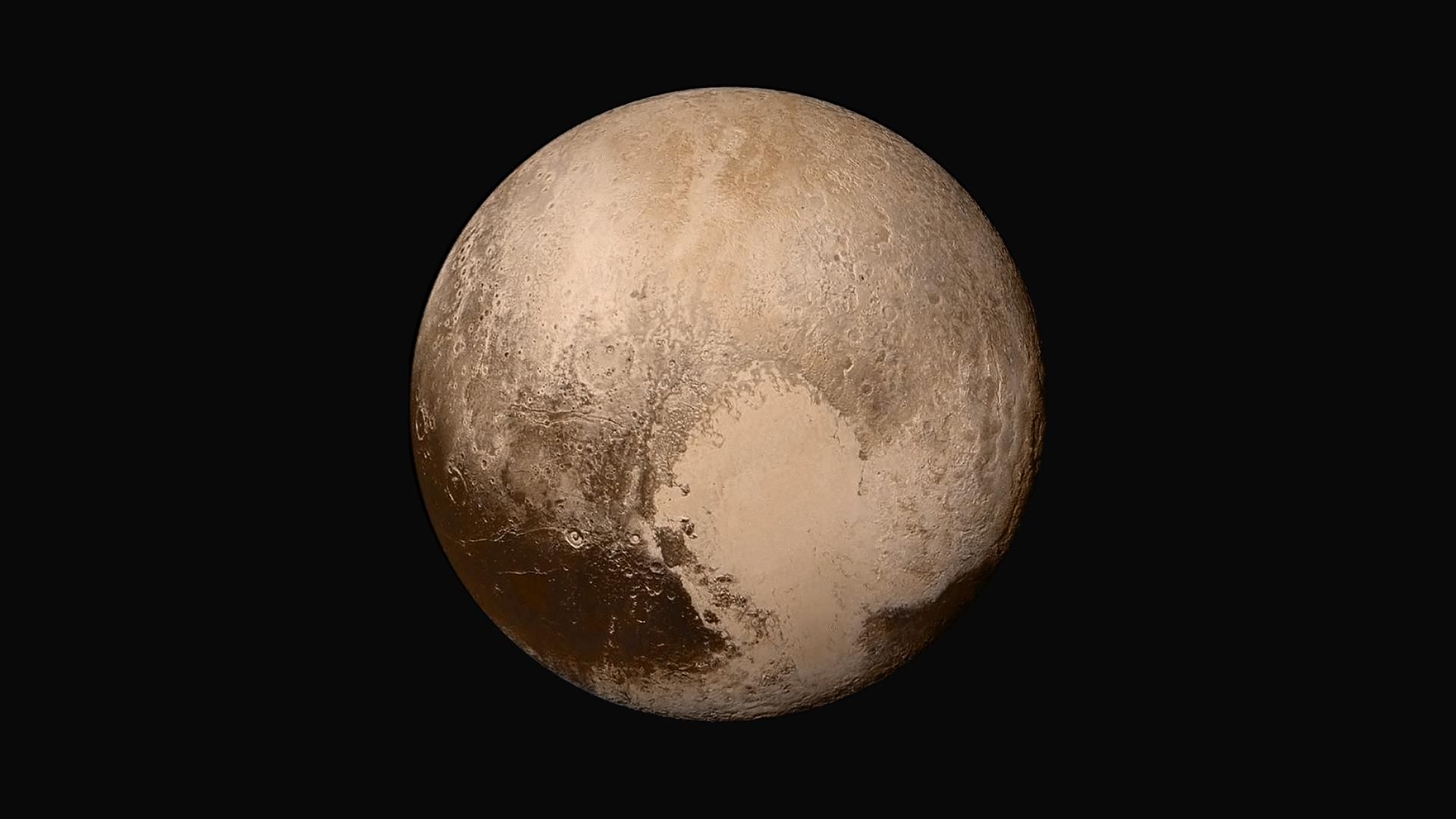The Earth has a single moon, which you might expect to be the norm. In fact, ours is the only planet in the solar system with exactly one moon. Mercury and Venus lack moons completely, while the other planets all have at least two moons.
Saturn leads the pack by a long way, however. At the start of 2025, we knew of 146 moons orbiting Saturn, and an additional 128 moons have now been officially confirmed.
Saturn Gains 128 New Moons
Saturn already held the title of the planet in our solar system with the most moons. Until recently, it boasted 146 moons, easily beating Jupiter’s 95 moons into second place. Saturn’s 146 moons were more than the total number of moons of the other seven planets combined.
Saturn’s lead has now stretched even further, however, with the discovery of 128 more moons in orbit around Saturn. This takes Saturn’s moon count to a staggering 274 moons, almost doubling its previous total.
The first Saturnian moon was discovered by Christiaan Huygens in 1655. This was Titan, the second-largest moon in the solar system after Jupiter’s Ganymede. By the end of the 1600s, Giovanni Domenico Cassini had discovered four more moons of Saturn.
The rate of discoveries slowed considerably, with only four more moons discovered between 1684 and 1966. It’s only in recent years that the number moons discovered around Saturn has leaped up, taking the total to over 100. This new discovery takes the total closer to 300.
How Saturn’s Moons Were Discovered
The first moon of Saturn was discovered by Huygens using an optical telescope he designed himself and built with his brother, and the first eight moons of Saturn were all discovered using optical telescopes. Phoebe, discovered by William Henry Pickering in 1898, was the first to be discovered by examining photographs. In 1980, Atlas, Prometheus, and Pandora were discovered from images captured by the Voyager 1 space probe, with further discoveries in the 2000s found in images sent back from the Cassini space probe.
Interestingly, the discoveries have now come full circle, with the most recent moons of Saturn discovered using optical telescopes—the same things used to discover Saturn’s first moon. Modern telescopes are a far cry from the telescope used by Huygens to discover Titan, however. Huygens’ telescope had a diameter of 57mm (2.2 inches), and some of Saturn’s moons were discovered using an 8.2m (322-inch) telescope, nearly 150 times as large.
Between 2019 and 2021, a team led by Edward Ashton used the 3.6m Canada-France-Hawaii Telescope (CFHT) to observe Saturn, leading to the confirmation of over 60 new moons. The team used a technique known as shift-and-add in which long-exposure images are captured, adjusted for the motion of the moon across the sky, and then stacked on top of one another, allowing otherwise incredibly faint moons to become visible. Even using this technique, the moons still only appear as blurry blobs, revealing little about what the moons may look like.
This same team later discovered an additional 128 moons. They used the same shift-and-add technique and were able to identify more than 100 additional objects in orbit around Saturn, some as small as 2km across. These moons have now been officially recognized by the International Astronomical Union (IAU).
Why Does Saturn Have So Many Moons?
The number of moons isn’t the only unusual thing about Saturn. It’s famous for its large ring system that is visible from Earth with a good pair of binoculars. There is no consensus as yet about how the rings were formed, but there is a theory that some of Saturn’s moons may have been thrown into their orbits during the formation of the rings.
Saturn’s strong gravity also enables it to capture passing objects, and collisions between captured moons may have led to them fragmenting into many smaller moons.
The vast majority of Saturn’s moons are what are known as irregular moons. These are moons that follow unusual orbits that are at atypical angles, are highly elliptical, or orbit in the opposite direction to the spin of the planet, in what is known as retrograde orbit.
The vast majority of Saturn’s 274 moons have retrograde orbits, which is often an indication that these moons have been captured or created from impacts, rather than being created at the same time as the formation of the planet.
There Could Be Many More Moons to Find
Finding an additional 128 moons required the use of additional shift-and-add processing, even using the most powerful telescopes. Even then, the results are mostly small fuzzy blurs. Discovering more moons of Saturn is likely to require more advanced telescopes or images from further space probes that will be able to provide clearer images.
However, scientists believe there are plenty more moons around Saturn waiting to be discovered, with the number likely to be in the thousands. It seems all but certain that Saturn’s moon count isn’t going to stop at 274.
What Should Count as a Moon?
The sheer number of potential moons around Saturn raises an interesting question. Some of the 128 new moons are as small as 2km. At what point does something cease to be a moon and just become a rock?
Currently, there is no official cut-off point for what constitutes a moon, and ultimately this will be a decision for the IAU to make. This was the body that made the decision to downgrade Pluto from a planet to a dwarf planet. However, the IAU, which is in charge of naming moons, has indicated that it may not provide names for objects smaller than 1km.

The Top 10 Biggest Moons (Ours Isn’t Number One)
It turns out that Earth’s moon isn’t that impressive.
Finding Small Moons Could Have Benefits in the Future
If Saturn has so many moons, especially small ones, is it necessary to try to find more of them? There are several reasons why discovering more moons may be beneficial.
Firstly, these moons can provide insights into the formation of Saturn, its rings, and they may be able to help definitively answer the question of how and why the ring system formed. The more moons that are discovered, the more data is available to try to work out the conditions that created them.
Trying to find these small moons can also lead to other scientific advances. Since the moons are so small, new observation and detection methods have to be developed to find them. These advances may then prove useful in the detection of other celestial bodies and could even play a part in helping to spot distant objects that are on a potential collision course with Earth.
The knowledge of these additional moons may also be of benefit in the future. Our planet has finite resources, but there are plenty of resources to be found throughout the solar system. These moons may one day be a source of materials that could be returned to Earth or used to construct objects in space, such as refueling stations or solar arrays.
The discovery of 128 new moons around Saturn seems to confirm that there are potentially thousands of objects in orbit around the second-largest planet in our solar system. While many of these moons are on the verge of being simply very large rocks, knowledge of their whereabouts may still prove useful in the future.
There’s still an enormous amount to learn about Saturn and the formation of its rings and moons. One thing is almost certain, however: Saturn’s moon count isn’t going to stop at 274.








